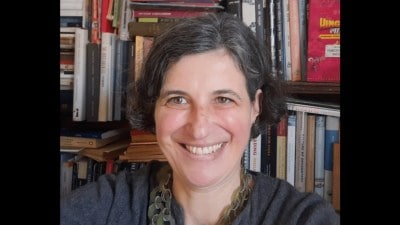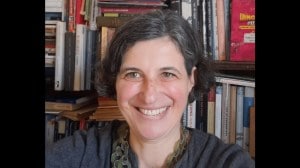The knights too have changed
While I appreciate Amrita Shah’s opinion (‘A heroine for our times’, IE, August 14), I disagree with her. She says Legally Bl...

While I appreciate Amrita Shah’s opinion (‘A heroine for our times’, IE, August 14), I disagree with her. She says Legally Blonde, the Reese Witherspoon hit, serves as an example that “not just celebrate(s) but venerate(s) an increasingly visible species in the western entertainment industry, namely the ditsy female”. What happens is actually quite different. The film and its female protagonist are presented in a “don’t-take-me-seriously” package but then go on to defy every stereotype attached to both “blonde women with good boobs” and “chick flicks”. The film and Reese’s character, Elle, push envelopes, assert themselves, and attempt to create space for new definitions of the female identity. While Elle appears “a frivolous fashion-victim” on the surface, she goes on to blast every assumption made about her “ditsiness” without being patronising or sanctimonious. Legally Blonde makes the case that beauty and brains do not have to be mutually exclusive.
Ally McBeal doesn’t quite have Elle Wood’s physical advantages. But, in a different way, she too makes the case for acceptability. She represents female loneliness in a postmodern dystopia where the pressures on women are no different from those on men, but where there are no knights in shining armour to slay her demons for her. Ally has to slay her own demons — even if they stem from her own self-absorbed neuroses. Besides, she cannot afford to be just beautiful and innocent — those qualities have lost their purchase on the world, especially after the strong feminist movement of the ’70s and ’80s. Ally represents the darker side of the postfeminist condition — she succeeds in a male-dominated world and yet has no one to share her success with. Ally is a deeply tragic figure — she cries out for our empathy and compassion, not condescending rejection.
Bridget Jones has neither Elle’s beauty nor Ally’s success. But she, like Elle, does find her new-age-knight. Mark Darcy supports Bridget and loves her for what she is — imperfect and flawed. He helps her succeed, without trying to change her. Both the novel and the film push to create space and acceptability for a new male identity — one that complements its emerging female counterpart and thereby avoids the Ally McBeal syndrome. (All of Ally’s lovers abandon her when she needs them most. They seem incapable of accepting her for what she is and, doing so, prove themselves wimps.)
Shah is right when she says: “By stressing the weaknesses to the point of celebrating them, the creators of these stories seem to be humanising the heroine.” But I strongly object to her view that “today’s heroines get too much too easily”. There are beasts to slay, years of captivity, murderous witches and poisonous potions. But they manifest themselves in new avatars. Do not to trivialise the challenges or the achievements of postmodern women (or men). Look beyond the superficial aspects of commercialisation, urbanisation and modernisation — the loftiness of their spirit is intact. As is the goodness of their heart.



- 01
- 02
- 03
- 04
- 05




























